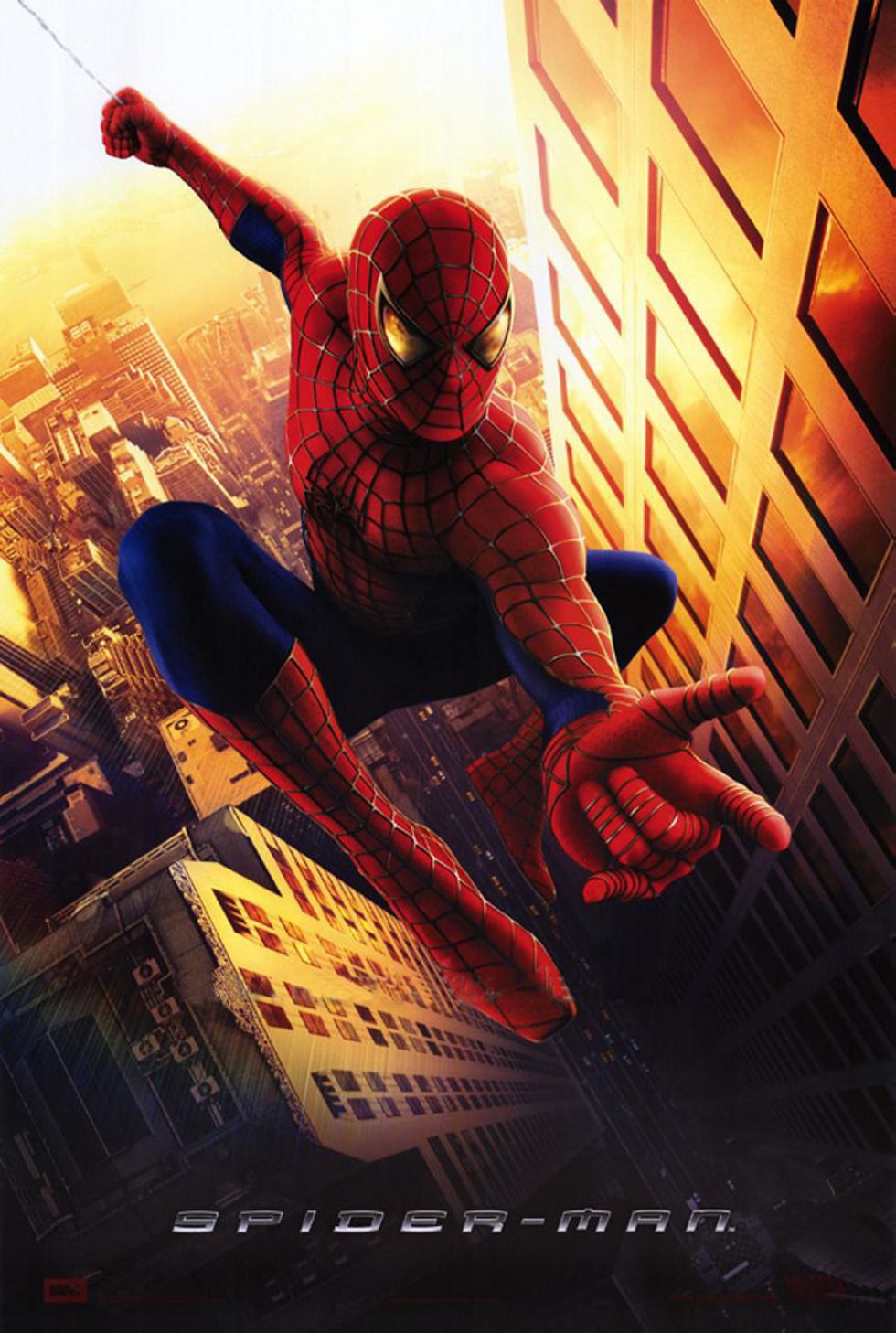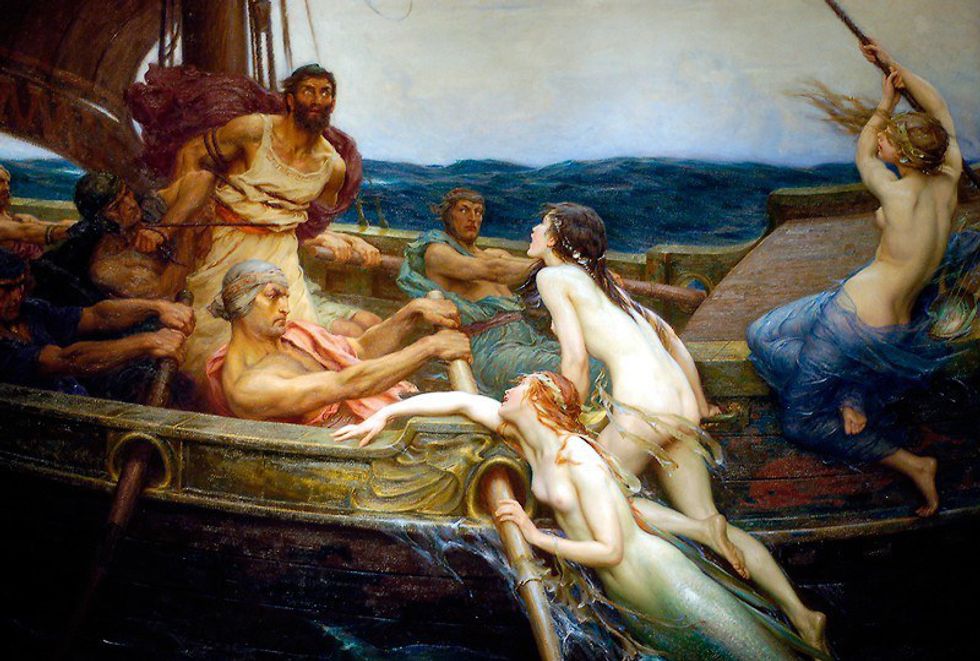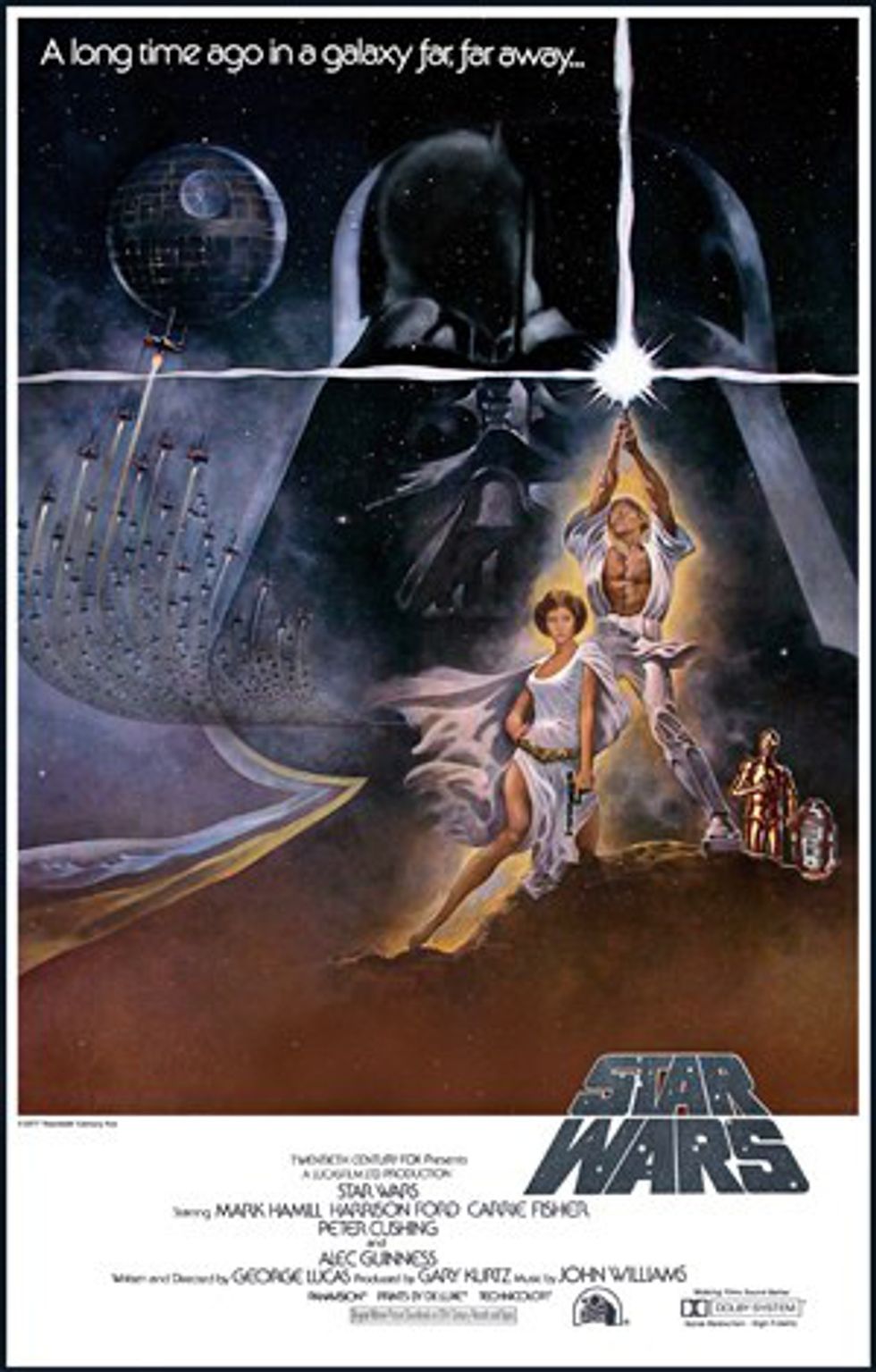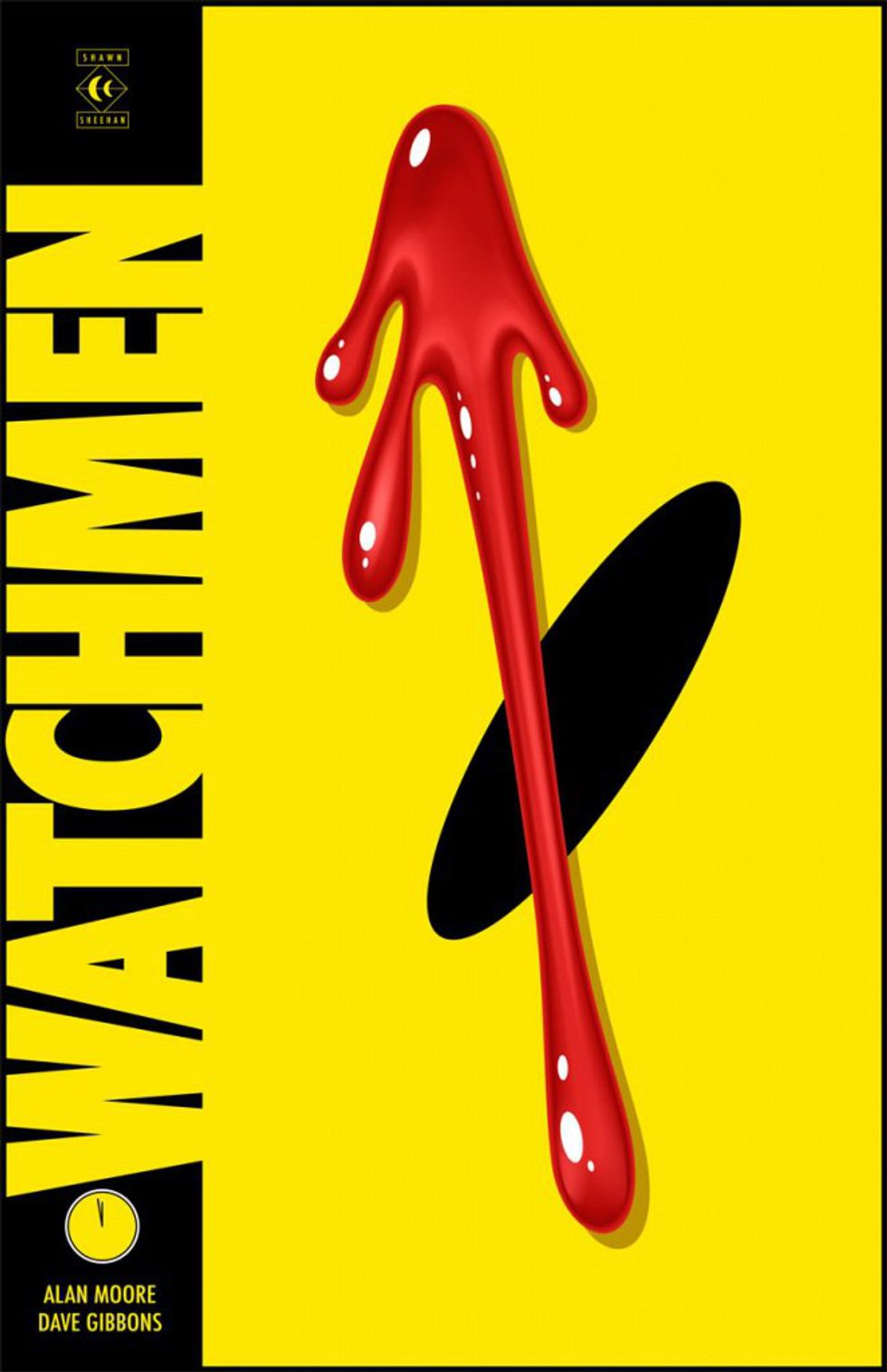In my spare time, which seems like a very seldom luxury as a full time college student, I find myself doing one of three things. Playing video games with my long distance friends, writing poetry or short stories, or reading some comics or classic English literature. I was ignorant of the latter for most of my life, until one English course I took a few years ago. I read the likes of Paradise Lost, Doctor Faustus, Beowulf, and too many Shakespeare sonnets to name, all the while growing a deep appreciation for the works. I am not entirely sure why, but they just resonated with me in a way modern novels could not. As I moved up through high school I had an ever expanding appreciation for great classical work in one hand, and a deep love for comic books and graphic novels. They seemed so foreign and contrasting to me, like day and night. That is, until I picked up a book by the name of The Hero With A Thousand Faces by mythologist Joseph Campbell.
Joseph Campbell proposed that all myths, from around the world and through various cultures and peoples, share a fundamental structure. Campbell, articulate in his words, sums up his proposal by saying:
"A hero ventures forth from the world of common day into a region of supernatural wonder: fabulous forces are there encountered and a decisive victory is won: the hero comes back from this mysterious adventure with the power to bestow boons on his fellow man"
Sounds a bit crazy, to say that all myths share some level of similarity, but Campbell lays out excellent examples in Osiris, Prometheus, The Buddha, Moses, Muhammad, and Jesus Christ, these origin stories for religions and existence. Hercules, Theseus, and Odysseus are also great examples of this theory in motion, yet the idea still seemed disconnected to literature today, even classical works. How can it be that the countless number of plots crafted in the span of human existence be summed up in anywhere from 12 to 17 steps? This notion seemed disheartening and uninspiring to me for the longest time. Until I heard one perfect example...
My World History professor was a bit of a Star Wars fanatic, teaching about Taoism with examples from Star Wars, and introducing this concept of the Hero's Journey in a more modern context to me. George Lucas has said that Campbell's theory, "peers through centuries and shows us that we are all connected by a basic need to hear stories and understand ourselves." the connects go much deeper, seeping into many films and genres, such as Lilo and Stitch, Shrek, and yes, even Spider-man


In hindsight, the connection was so obvious. Yet at the time, it was such a vague concept for me to wrap my head around. Now, as a writer, however, I take Campbell's Monomyth theory and apply it to my own writing religiously. No such much because it is a 'proven' method, but, rather, it reflects how we think and create, how we relate to characters. Our lives follow a never ending cycle of trial and error, of obstacles and 'battles,' gaining the rewards and passing them out. We also turn to others for advice and guidance in trying times. it is simple to see why we gravitate to this method of story telling, regardless of culture, time, place, or capacity. Joseph Campbell said profoundly, "The goal of life is to make your heartbeat match the beat of the universe, to match your nature with Nature." By noticing the patterns of our story telling, the way we interpret the universe, we move one step closer to perfect unity with nature and the way of the universe. I apply it religiously because that is how we, as human being think, act, and create.
At face value, it seems so hard to take these three concepts, the hero's journey, classical literature, and comics, and unite them in any form or fashion, as they contrast on so many levels, and we would like it much more to hold each of them high as their own unique forms. Yet, uniting them, and making them coexist as one is a much more beautiful manifestation of what creativity is.




























